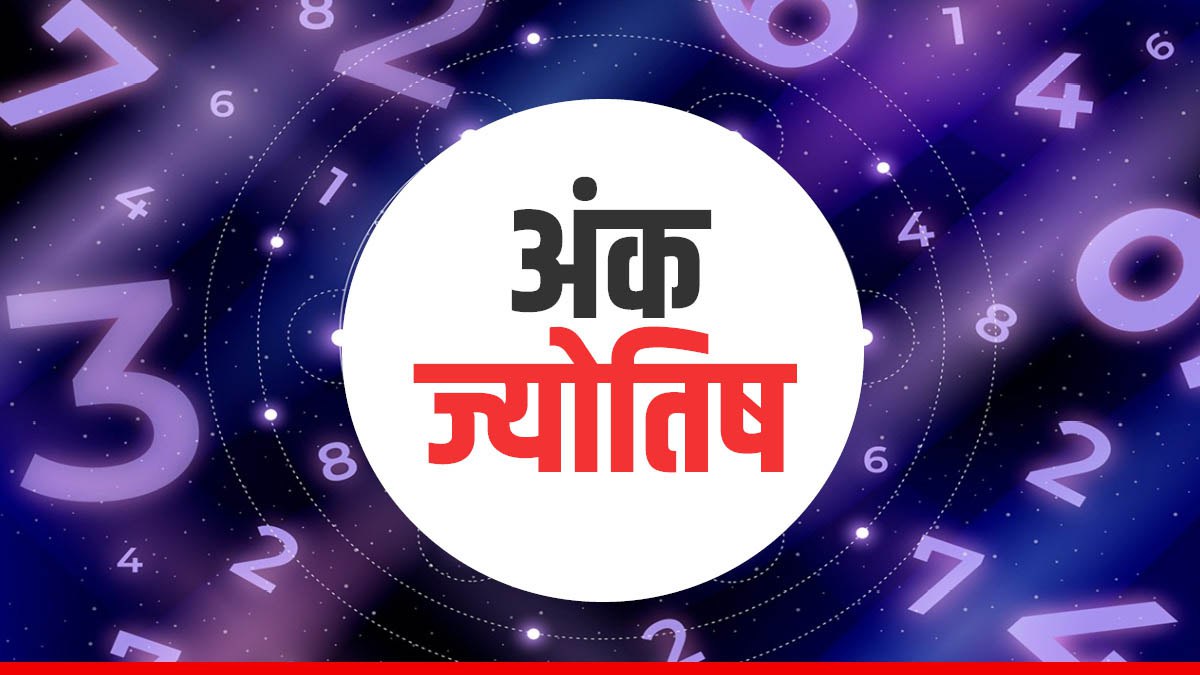“Lal Kitab” is a popular astrology book in the Indian subcontinent. It’s known for its unique and somewhat unconventional remedies and predictions. While it’s not possible to provide the entire Lal Kitab in English due to copyright restrictions, I can offer a brief overview of its principles and some common remedies.
Lal Kitab is based on the principles of Vedic astrology but has its own distinct system. It focuses on the position of planets in houses and their effects on individuals. Some key points of Lal Kitab include:
- Unique Planetary Combinations: Lal Kitab identifies certain planetary combinations that are considered auspicious or inauspicious, and these are interpreted to predict various aspects of life such as career, health, and relationships.
- Remedies: One of the most distinctive features of Lal Kitab is its emphasis on simple and practical remedies to mitigate the negative effects of planets. These remedies can include wearing specific gemstones, performing certain rituals, or making charitable donations.
- Debt and Remedies: Lal Kitab also discusses the concept of “debts” from past lives, which are believed to manifest as obstacles in the present life. Remedies are prescribed to clear these debts and alleviate their negative influences.
- Karmic Influences: The Lal Kitab system believes in the influence of past karma on the present life. Remedies are often aimed at balancing karmic influences and improving one’s current situation.
- Simple Language: Lal Kitab is known for its simple and straightforward language, making it accessible to a wide audience.
certain planetary combinations that are believed to have significant effects on an individual’s life. These combinations are often interpreted to predict various aspects of life such as career, health, relationships, and overall well-being. Lal Kitab emphasizes the following unique planetary combinations:
- Yoga: In Lal Kitab, “yoga” refers to specific planetary combinations that can indicate auspicious or inauspicious periods in one’s life. These yogas are based on the positions of planets in relation to each other and to specific houses in the birth chart.
- Dosh: Lal Kitab identifies various “doshas,” or afflictions, caused by certain planetary combinations. These doshas can indicate potential challenges or obstacles in different areas of life, such as health, wealth, or relationships.
- Raj Yoga: Lal Kitab also mentions “Raj Yoga,” which are combinations of planets that are believed to indicate periods of prosperity, success, and happiness in one’s life. Raj Yoga can occur when benefic planets are well-placed in specific houses of the birth chart.
- Dhan Yoga: Similarly, Lal Kitab discusses “Dhan Yoga,” which are combinations of planets that signify wealth, abundance, and financial prosperity. Dhan Yoga can indicate favorable circumstances for gaining wealth and material possessions.
- Karma Yoga: Lal Kitab acknowledges the concept of “Karma Yoga,” which refers to planetary combinations that are believed to influence one’s actions, choices, and karmic destiny. These combinations can indicate the impact of past actions and the potential for growth and transformation in the present life
In Lal Kitab, “Raj Yoga” refers to specific combinations of planets that are believed to indicate periods of prosperity, success, and happiness in an individual’s life. These combinations are seen as highly auspicious and are associated with favorable circumstances for achieving power, authority, and material abundance. Here are some key points about Raj Yoga according to Lal Kitab:
- Planetary Placement: Raj Yoga occurs when benefic planets, such as Jupiter, Venus, Mercury, or the Moon, are well-placed in certain houses of the birth chart, particularly the Kendra (angular) houses (1st, 4th, 7th, and 10th) and the Trikona (trine) houses (1st, 5th, and 9th).
- Strength and Influence: The strength and influence of the planets involved in Raj Yoga are crucial factors in determining its potency. Planets placed in their own signs, exalted signs, or in favorable aspects to each other can enhance the effects of Raj Yoga.
- Combination of Houses: Raj Yoga can be formed by the combination of planets in different houses of the birth chart. For example, if Jupiter, the planet of wisdom and expansion, is placed in the 1st house (self) or aspects the 1st house while also having a beneficial relationship with other planets, it can create a strong Raj Yoga.
- Wealth and Power: Raj Yoga is often associated with wealth, power, and social status. It indicates favorable conditions for career advancement, financial prosperity, and recognition in society.
- Spiritual Growth: While Raj Yoga is primarily associated with material success, it can also contribute to spiritual growth and self-realization. The harmonious alignment of planets in the birth chart can facilitate inner peace, wisdom, and a sense of fulfillment.
- Activation Periods: Raj Yoga may not be active throughout one’s entire life but can manifest during specific periods known as “dasha” or planetary cycles. During these periods, the influences of Raj Yoga are more pronounced, leading to significant achievements and favorable outcomes.
when benefic planets are well-placed in certain positions within the birth chart, particularly in the Kendra (angular) and Trikona (trine) houses. These houses are considered significant in Vedic astrology and are associated with strength, stability, and auspiciousness. In Lal Kitab, the following conditions are typically associated with the formation of Raj Yoga through planetary placement:
- Angular Houses (Kendra): The Kendra houses include the 1st, 4th, 7th, and 10th houses of the birth chart. When benefic planets like Jupiter, Venus, Mercury, or the Moon are positioned in these houses, they can create a strong foundation for Raj Yoga.
- Trine Houses (Trikona): The Trikona houses consist of the 1st, 5th, and 9th houses of the birth chart. Planets placed in these houses are believed to be supportive of growth, creativity, and spiritual development. When benefic planets occupy these houses, they can contribute to the formation of Raj Yoga.
- Own Sign or Exaltation: Planets placed in their own signs or exalted signs are considered to be more potent and auspicious. For example, Jupiter in Sagittarius or Pisces, Venus in Pisces or Taurus, and Mercury in Virgo or Gemini can strengthen the formation of Raj Yoga.
- Aspects and Relationships: The aspects and relationships between planets also play a significant role in Raj Yoga formation. Benefic planets casting favorable aspects to each other or forming beneficial relationships, such as conjunctions or mutual receptions, can enhance the positive effects of Raj Yoga.
- Strength and Afflictions: The strength and afflictions of the planets involved in Raj Yoga are important considerations. Strong, well-placed benefic planets are more likely to contribute positively to Raj Yoga, whereas weak or afflicted planets may diminish its effects or introduce challenges.
Lal Kitab offers a variety of remedies to mitigate the negative effects of planetary influences and address various challenges in life. These remedies are often simple, practical, and based on traditional practices. Here are some common Lal Kitab remedies:
- Mantras and Chants: Reciting specific mantras or chants associated with beneficial planets can help appease them and reduce their malefic effects. For example, chanting the “Om Brahm Brahaspataye Namah” mantra for Jupiter can enhance its positive influence.
- Donations and Charity: Making donations or offering charity to those in need is considered a powerful remedy in Lal Kitab. This could involve donating food, clothing, or money to charitable organizations or individuals facing hardships.
- Wearing Gemstones: Wearing gemstones associated with beneficial planets can help strengthen their positive influence and counteract negative energies. For example, wearing a yellow sapphire for Jupiter or a diamond for Venus may be recommended.
- Fasting and Vratas: Observing fasts or vratas (religious vows) on specific days associated with beneficial planets can help appease them and attract their blessings. For example, fasting on Thursdays for Jupiter or Fridays for Venus is commonly advised.
- Feeding Animals: Feeding birds or animals, particularly those associated with specific planets, is believed to appease them and alleviate their negative effects. For example, feeding pigeons for Venus or cows for Jupiter is considered auspicious.
- Remedial Rituals: Performing certain remedial rituals, such as yagnas (fire ceremonies), pujas (worship rituals), or havans (sacrificial fires), can help pacify malefic planets and attract positive energies.
- Offering Water: Offering water to the Sun, particularly during sunrise or sunset, is considered a potent remedy in Lal Kitab. This practice is believed to strengthen the Sun’s positive influence and dispel negative energies.
- Planting Trees: Planting trees, especially those associated with beneficial planets, is considered an effective remedy for mitigating planetary afflictions. For example, planting a peepal tree for Jupiter or a neem tree for Saturn may be recommended.








Leave a Reply